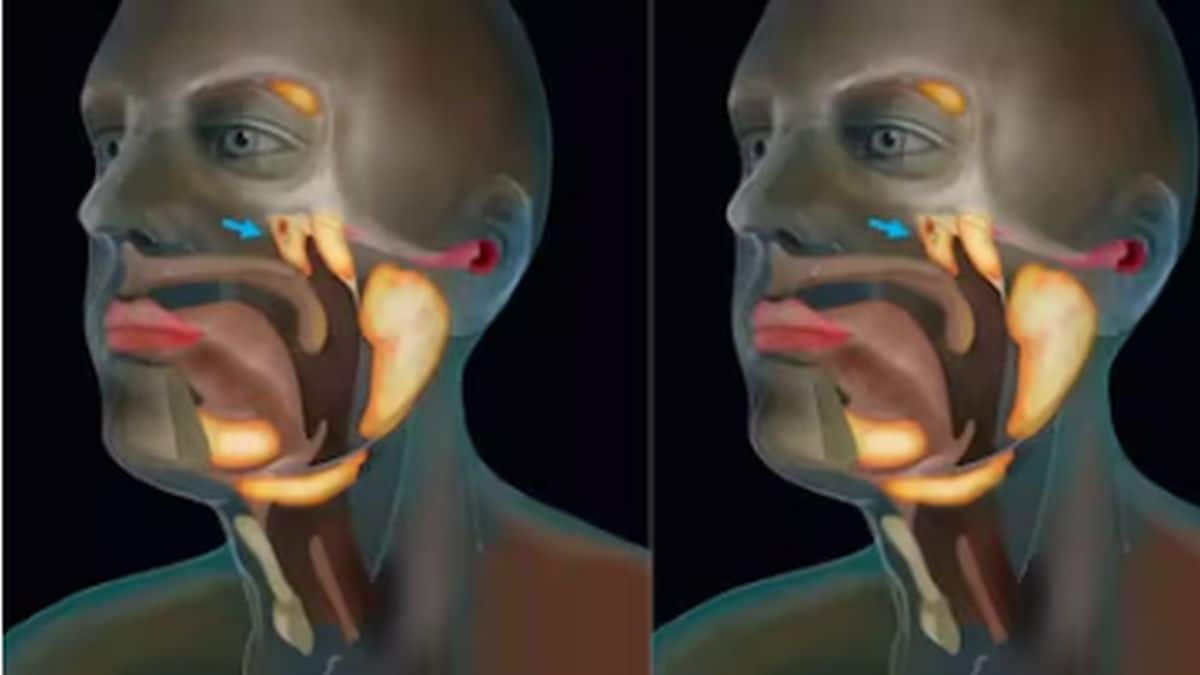While almost the entire world is still struggling with the novel coronavirus, SARS-CoV-2, Chinese officials have reported cases of another infectious disease caused by SFTS virus which has affected around 37 people in East China’s Jiangsu Province and 23 in East China’s Anhui province. The officials have reported that seven people have died due to this virus so far. However, this virus is not new - it was first detected in the year 2009. What is the SFTS virus? SFTS virus stands for severe fever with thrombocytopenia syndrome virus which is a phlebovirus that belongs to the Bunyaviridae family. It is a tick-borne virus but it can spread among humans from the mucous and blood of the infected person. In a study conducted in the year 2015, scientists found four species of ticks, H longicornis, R microplus, H campanulata and D sinicus in dogs, cats, sheep and cattle which acted as a reservoir for SFTS virus. The symptoms of the SFTS virus include sudden high fever, chills, loss of appetite, bleeding of gums, gastrointestinal symptoms such as vomiting, diarrhoea and abdominal pain, muscular pain, neurological abnormalities such as headache, confusion and seizure, thrombocytopenia (extremely low levels of platelets), leukocytopenia (low levels of white blood cells), and coagulopathy (where the blood loses its ability to form a clot and stop bleeding). What is the course of infection of the SFTS virus? Clinically, the SFTS virus presents itself in four stages:
- Stage one - Incubation: After a tick bite, the virus takes 5 to 14 days for incubation. The symptoms appear after the incubation period ends.
- Stage two - Fever: After incubation, the person presents with flu-like symptoms such as fever, headache, muscular pain and diarrhoea which lasts for 5 to 11 days.
- Stage three - Multiple organ failure: Due to severe leukocytopenia and thrombocytopenia, many of the patients suffer from multiple organ failure (MOF) and disseminated intravascular coagulation (excessive clotting of blood), ultimately leading to death.
- Stage four - Convalescence: In which people who get past the MOF stage get healthy.
Is there any treatment for SFTS virus? Ribavirin is an antiviral drug which has been effective against various bunyavirus infections, which include Crimean-Congo hemorrhagic fever, hemorrhagic fever and hantavirus pulmonary syndrome. Studies have shown that intravenous delivery of ribavirin virus can help in treating SFTS virus to a certain extent. Why is the SFTS virus a matter of concern? Virologists from the National Centre for Biotechnology Information stated that the mortality rate of SFTS virus has been reported to be 6 percent and around 30 percent in people who are immunocompromised. They further stated that the same virus was found in Japan and South Korea in 2015 where the mortality rate was found to be more than 30 percent in both countries. Various studies have been done to determine the mode of infection and ways of transmission of the virus but no vaccine has been developed yet. The SFTS virus is known to severely affect elderly people of age 50 years and above and also those with a weak immune system. For more, read our article on Crimean-Congo Haemorrhagic Fever. Health articles in Firstpost are written by myUpchar.com, India’s first and biggest resource for verified medical information. At myUpchar, researchers and journalists work with doctors to bring you information on all things health.


)

)
)
)
)
)
)
)
)



